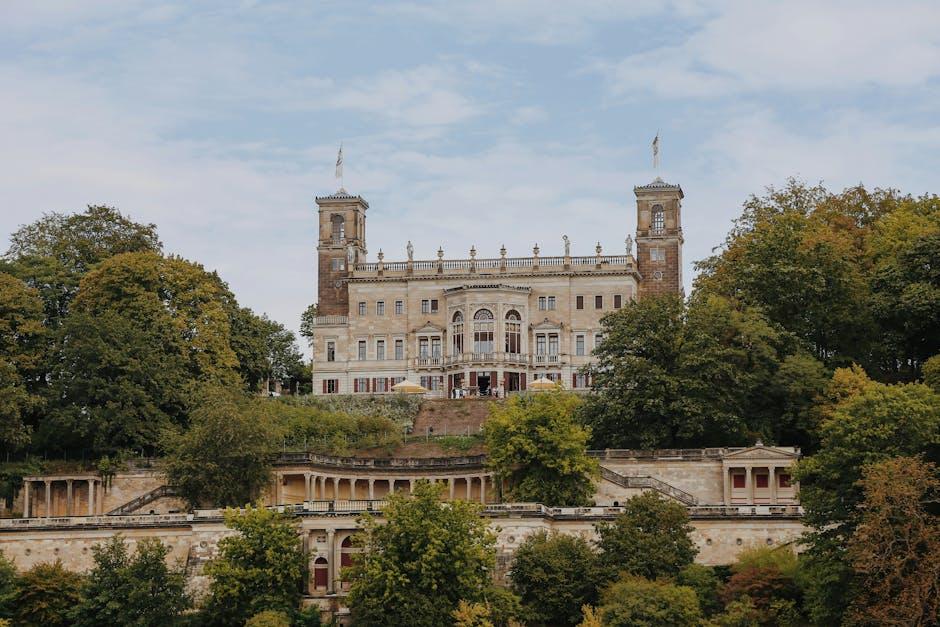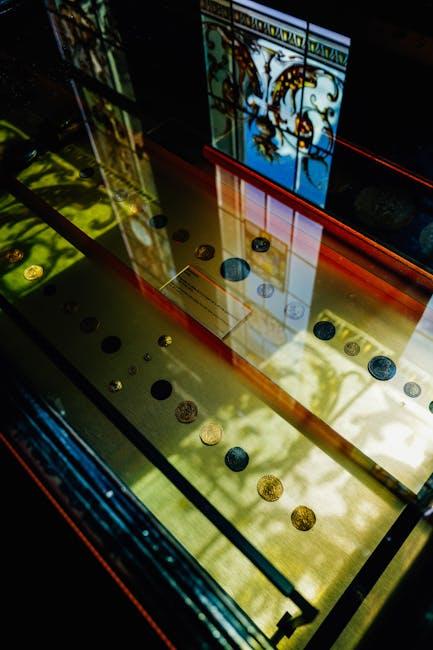In the bustling streets of ancient cities and the serene landscapes of time-honored villages, the footprints of millions converge, each step a testament to humanity’s ceaseless wanderlust. Tourism, a bridge between worlds, has long been celebrated for its power to connect cultures and economies. Yet, as throngs of eager explorers journey across the globe, a delicate balance teeters on the brink. The very essence of what draws travelers—rich tapestries of tradition, history, and identity—faces an unprecedented challenge. In this intricate dance between preservation and progress, the question emerges: can tourism serve as a steward of cultural heritage, or does it risk unraveling the very fabric it seeks to celebrate? This article delves into the nuanced impacts of tourism on cultural heritage, exploring whether the global phenomenon can harmonize with the urgent need to safeguard our shared legacy.
Balancing Act: Tourisms Double-Edged Sword on Cultural Heritage
Tourism can be both a blessing and a curse for cultural heritage sites. On one hand, it brings much-needed attention and funding to these sites, aiding in their preservation and fostering a deeper appreciation for cultural diversity. The influx of visitors often translates into economic support, allowing for restoration projects, educational programs, and infrastructure improvements. Moreover, tourism can act as a catalyst for cultural exchange, enriching the experiences of both visitors and locals.
However, the other side of the coin reveals a more challenging picture. The sheer volume of tourists can lead to the degradation of sites, with foot traffic causing physical damage and increased pollution. There’s also the risk of cultural commodification, where traditions are simplified or altered to cater to tourists’ expectations, potentially leading to the erosion of authentic cultural practices. Striking a balance between welcoming tourists and safeguarding cultural heritage is crucial, necessitating careful management and sustainable tourism practices.

Unearthing Solutions: Strategies for Sustainable Tourism Practices
To safeguard cultural heritage while promoting tourism, it is crucial to implement strategies that harmonize economic growth with cultural preservation. One effective approach is to engage local communities in the tourism development process. By involving them in decision-making, communities can ensure that their cultural practices and heritage sites are respected and protected. Additionally, developing community-based tourism initiatives can provide locals with a direct stake in the tourism economy, fostering a sense of pride and responsibility towards preserving their cultural identity.
Another strategy involves the adoption of sustainable tourism certifications that encourage businesses to adhere to practices minimizing cultural disruption. These certifications can include guidelines on maintaining the authenticity of cultural expressions, supporting local artisans, and promoting traditional events. Moreover, educating tourists about the significance of cultural heritage and encouraging respectful interaction can enhance their travel experience while ensuring that cultural sites remain unscathed. Through a combination of these strategies, tourism can become a powerful ally in the quest to preserve cultural heritage at risk.

Guardians of Legacy: Community Involvement in Heritage Preservation
The intricate dance between tourism and cultural heritage is both a blessing and a challenge. On one hand, tourism can breathe life into forgotten traditions, bringing with it the much-needed economic resources to restore and maintain historical sites. On the other hand, unchecked tourism can lead to the erosion of the very cultural essence it seeks to celebrate. Communities worldwide are stepping up as guardians of their legacy, taking an active role in heritage preservation. They recognize that by involving local voices in decision-making processes, they can strike a balance between welcoming visitors and safeguarding their cultural treasures.
- Local Workshops: Educating both residents and tourists about the cultural significance of heritage sites.
- Collaborative Projects: Partnering with local artisans and historians to create authentic experiences.
- Sustainable Practices: Implementing visitor limits and eco-friendly measures to minimize impact.
By fostering a sense of ownership and pride, these communities not only protect their cultural heritage but also ensure that future generations can continue to experience the richness of their past. In this delicate balance, they serve as both stewards of tradition and innovators of sustainable tourism.

Future Forward: Innovative Approaches to Protect Endangered Traditions
In the ever-evolving landscape of global tourism, the intersection between cultural preservation and modern-day travel presents a unique challenge. As tourists flock to destinations rich in history and tradition, the risk of losing the essence of these cultural treasures becomes palpable. However, innovative approaches are emerging to safeguard endangered traditions while welcoming curious travelers. Local communities are embracing technology and creative strategies to ensure that their heritage remains vibrant and resilient.
Among these strategies are:
- Digital Storytelling: Utilizing virtual reality and augmented reality to offer immersive experiences that bring the past to life without compromising physical sites.
- Community-Driven Initiatives: Encouraging local artisans and cultural practitioners to lead workshops and tours, providing authentic interactions that foster mutual respect and understanding.
- Sustainable Practices: Promoting eco-friendly tourism models that emphasize minimal impact on cultural sites and encourage conservation efforts.
- Collaborative Partnerships: Forming alliances between local governments, NGOs, and travel agencies to create frameworks that prioritize the protection of cultural heritage.
These efforts illustrate a shift towards a more thoughtful and respectful form of tourism, one that recognizes the intrinsic value of cultural heritage and seeks to protect it for future generations.




